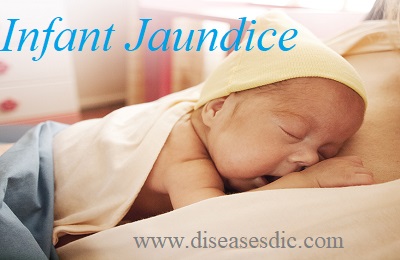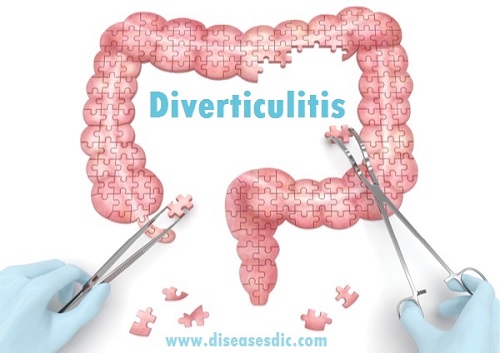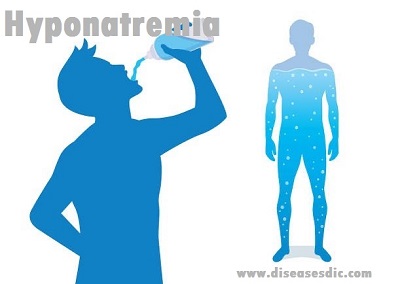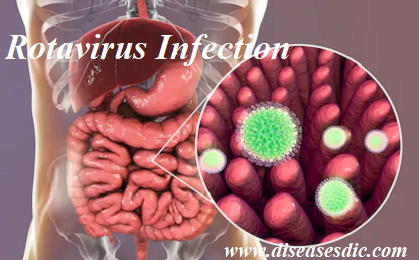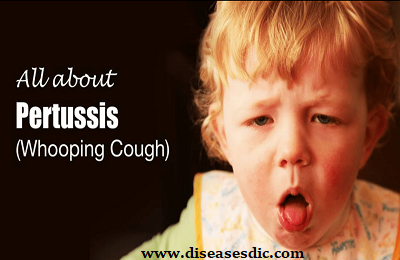Overview – Infant Jaundice Infant jaundice or Newborn Jaundice is a yellow discoloration of a newborn baby’s skin and eyes. Infant jaundice occurs because the baby’s blood contains an excess of bilirubin (bil-ih-ROO-bin), a yellow pigment of red blood cells. Infant jaundice is a common condition, particularly in babies born …
Read More »Mouth ulcer- Types, Causes, Home Remedies and Prevention
Definition Mouth ulcer is an ulcer that occurs on the mucous membrane of the oral cavity. Mouth ulcers are very common, occurring in association with many diseases and by many different mechanisms, but usually, there is no serious underlying cause. The two most common causes of oral ulceration are local …
Read More »Diverticulitis- Symptoms, Treatment, and Types of surgery
Definition Diverticulitis is small outpouchings in your large bowel are very common in patients over age 50, a condition known as diverticulosis. This usually causes no symptoms. Diverticulitis occurs when one of those pouches becomes inflamed and/or infected. This most commonly involves a lower part of your bowel called the …
Read More »Rubella – Overview, Risk Factors, and Prevention.
Overview – Rubella Rubella is commonly known as German measles or 3-day measles — is an infection that mostly affects the skin and lymph nodes. It is caused by the rubella virus (not the same virus that causes measles). German measles spreads when people breathe in virus-infected fluid, such as …
Read More »Hyponatremia – Classification, Causes, Symptoms, and Treatment.
Definition Hyponatremia is a medical condition termed for a low concentration of sodium in the blood (serum). It is usually discovered on laboratory tests as a lower than normal sodium level in the blood. It will appear as sodium or Na+ in your lab results. Actually, the main problem in …
Read More »Rotavirus Infection – Causes, Symptoms, and Diagnosis.
Overview – Rotavirus Infection Rotavirus Infection is caused by Rotavirus, a contagious virus that causes diarrhea. It’s the most common cause of diarrhea in infants and children worldwide, resulting in over 215,000 deaths annually. Before the development of a vaccine, most children in the United States had been infected with …
Read More »Pertussis – Pathophysiology, Risk Factors, and Treatment.
Overview – Pertussis Pertussis is a highly contagious disease of the respiratory tract caused by Bordetella pertussis, a bacteria that lives in the mouth, nose, and throat. Many children who contract pertussis have coughing spells that last four to eight weeks. The disease is most dangerous in infants and spreads …
Read More »Chronic cough- Types, Complications, Causes and Prevention
Definition Chronic cough, when there is an irritant in the lungs, trachea, larynx, pharynx, nasal passages, or nose, the normal reaction of our body is to cough. It’s a result of our airway nerves sending a message to our brain. But once the airway has been cleared, the coughing should …
Read More » Diseases Treatments Dictionary This is complete solution to read all diseases treatments Which covers Prevention, Causes, Symptoms, Medical Terms, Drugs, Prescription, Natural Remedies with cures and Treatments. Most of the common diseases were listed in names, split with categories.
Diseases Treatments Dictionary This is complete solution to read all diseases treatments Which covers Prevention, Causes, Symptoms, Medical Terms, Drugs, Prescription, Natural Remedies with cures and Treatments. Most of the common diseases were listed in names, split with categories.
